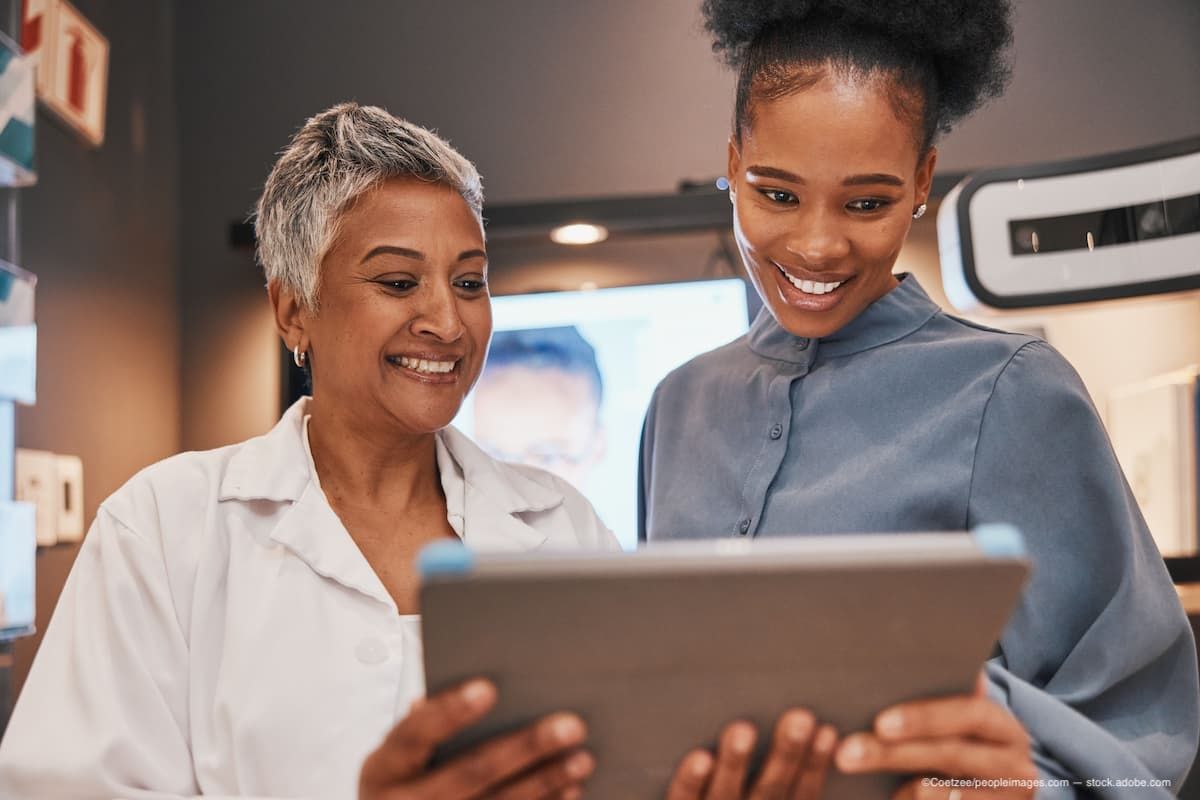News
Article
Survey from Johnson & Johnson Vision reveals critical need for female mentorship in ophthalmology
Author(s):
The Women in Ophthalmology (WIO) survey by Johnson & Johnson Vision uncovers barriers faced by female ophthalmologists.
(Image Credit: AdobeStock/Coetzee/peopleimages.com)

Johnson & Johnson (J&J) Vision recently announced the results obtained by the Women in Ophthalmology (WIO) survey, the goal of which was to identify barriers that female ophthalmologists face in their professional lives. J&J Vision released the survey results to coincide with Global Diversity Awareness Month.
A key survey finding was that the respondents believe their professional ophthalmology experiences would have been better if they had been mentored by female ophthalmologists; however, only 26% received mentorship.
The company announced the WIO survey results at the American Academy of Ophthalmology annual meeting in San Francisco during a presentation titled “Women Leaders In Ophthalmology: Breaking Barriers." The panel discussion center on the need for greater diversity, inclusion, and belonging among women in ophthalmology, including the critical need for mentorship in the field. The panel members included industry leaders Lisa Nijm, MD, JD, Warrenville Eyecare and LASIK, Warrenville, IL; Sonia Yoo, MD, University of Miami Health Center, Miami; and Zaina Al-Mohtaseb, MD, Baylor College of Medicine, Houston.
The survey was conducted by Ipsos, a global research marketing company.
Key findings from the WIO survey
The survey included responses from more than 100 female ophthalmologists.
Regarding the finding about female mentorship, fully two-thirds (66%) responded that they would have benefitted more in their career path if they had had female mentorship.
Other relevant survey findings were as follows:
- One-third (32%) of female ophthalmologists surveyed reported that they had their competence in Ophthalmology questioned because of their gender.
- Over one-third (34%) believe that their experience in medical school have been different had they been male.
- Regarding race and ethnicity, 45% of female ophthalmologists want to advocate for better Ophthalmology treatment for their community.
- Over one-third (36%) of female ophthalmologists want to better serve under-represented communities.
- Regarding harassment, one-third (32%) of female ophthalmologists said that they experienced disrespect or harassment from patients because of their gender.
- One in 10 (11%) said that faculty/staff or fellow students had shown them disrespect or harassed them during medical school.
- More than half (56%) of female ophthalmologists said that they aspire to mentor new ophthalmologists as they advance in their careers.
- Over one-third (36%) of female ophthalmologists agreed that there is a glass ceiling preventing them from reaching their career aspirations as an ophthalmologist.
Lori Tierney, President, Americas, Johnson & Johnson Vision, commented on the survey, “The results from the Women in Ophthalmology Survey highlight the inequities disproportionately faced by women ophthalmologists today, which is unacceptable. At Johnson & Johnson Vision we are deeply committed to making ophthalmology a more diverse, equitable and inclusive environment and hope to ignite action to break down the barriers women face to ensure they can thrive in their quest to improve sight for patients.”
Newsletter
Don’t miss out—get Ophthalmology Times updates on the latest clinical advancements and expert interviews, straight to your inbox.




